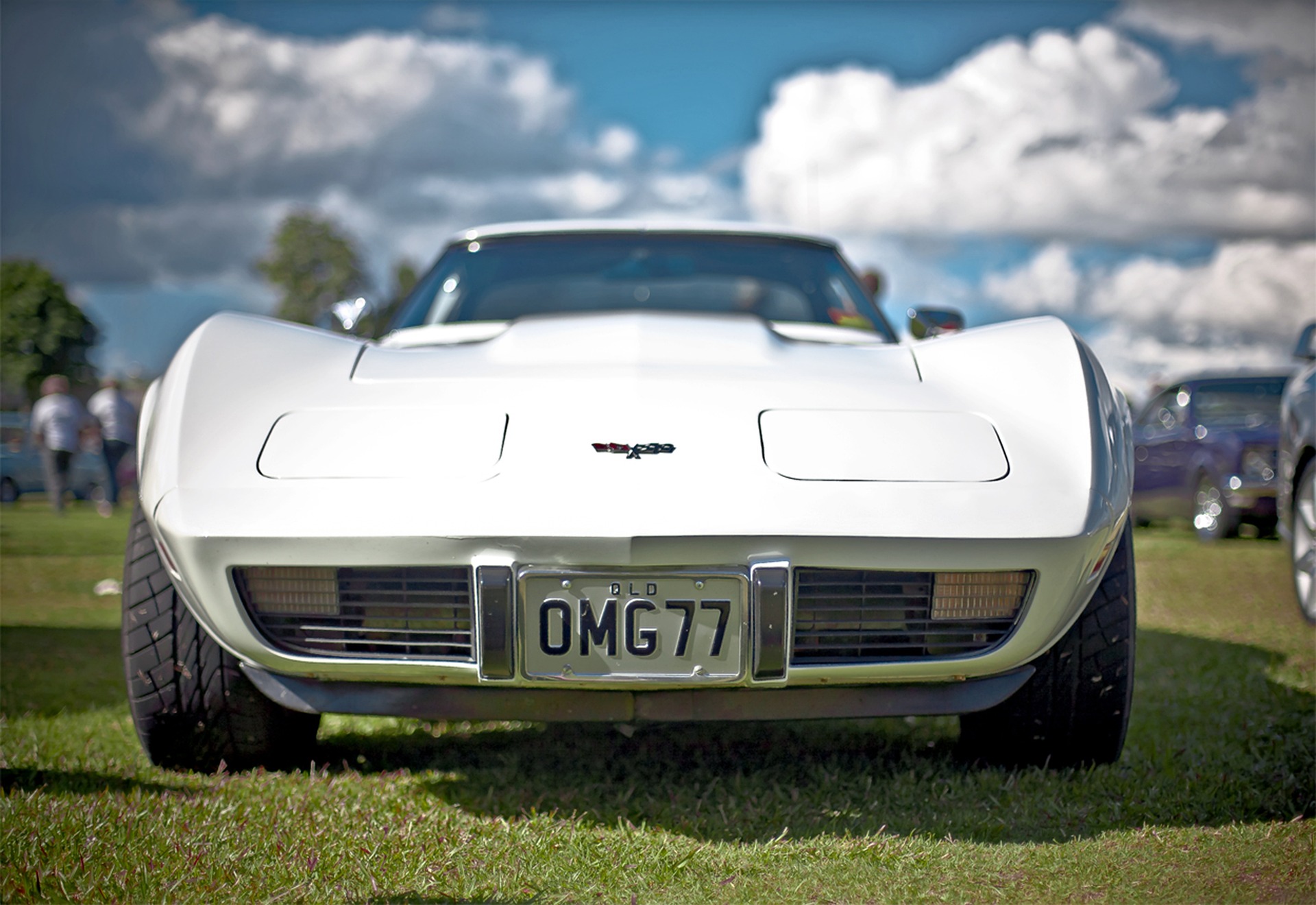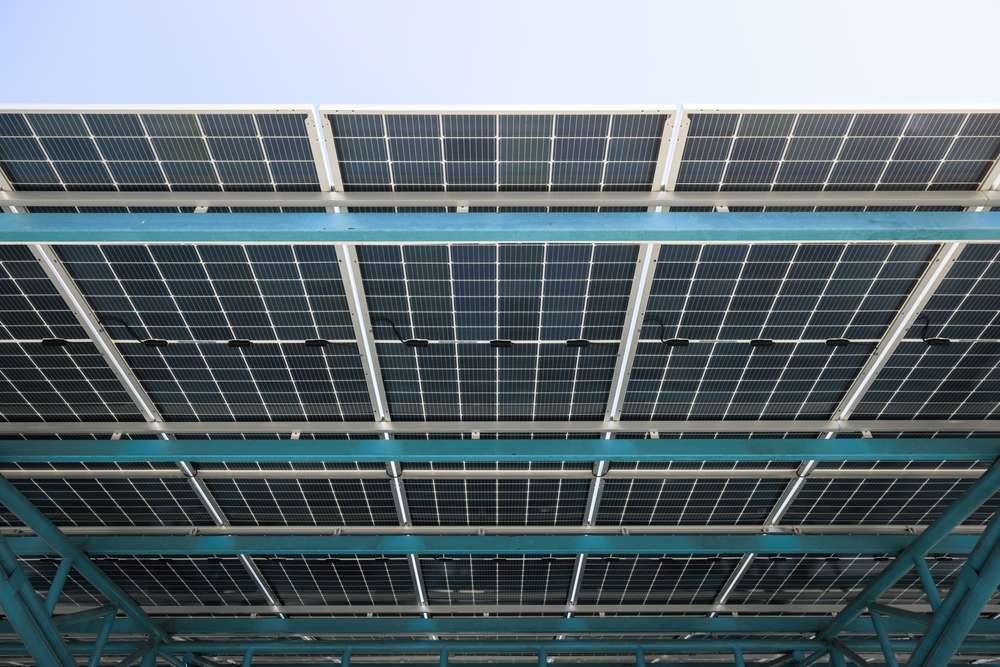"Taming the Torque: Delving into the Intricacies of Torque Vectoring Technology"
Introduction: Ever wondered how modern cars manage to maintain control while cornering at high speeds or during sudden swerves? Enter the world of Torque Vectoring - a revolutionary technology enabling cars to dance around corners with precision and grace.

Decoding Torque Vectoring
Torque Vectoring is a fascinating piece of engineering that has made a significant impact on how vehicles handle corners. In simple terms, it’s a system that varies the power sent to each wheel, aiming at improving the handling and stability of a vehicle. The advent of this technology can be traced back to the 1990s, with Japanese automaker Honda being one of its early pioneers.
Current State and Trends
Today, Torque Vectoring has become a common feature in many performance and luxury cars. It has evolved from a high-end technology available only in premium models to being adopted in mainstream, affordable cars. One of the key developments in recent years has been the emergence of ‘active’ Torque Vectoring systems. Unlike their ‘passive’ predecessors, these systems can direct torque to individual wheels before any loss of traction occurs, thereby enhancing the vehicle’s stability and handling.
Impact, Benefits, and Challenges
Torque Vectoring technology has significantly enhanced vehicle performance and safety. It allows for smoother and sharper turns, increased traction, and improved stability. However, it is not without its challenges. Implementing Torque Vectoring requires complex engineering, which can increase a vehicle’s cost. Additionally, it can potentially lead to increased tire wear due to the constant adjustments in power distribution.
Research-Backed Insights
Research conducted by various automotive technology institutes worldwide confirms the effectiveness of Torque Vectoring in improving vehicle handling and safety. For instance, a study conducted by the University of Bath, UK, found that Torque Vectoring could significantly reduce understeer and enhance vehicle stability, particularly in high-speed scenarios.
Looking Ahead: Torque Vectoring and the Future
With advancements in technology, Torque Vectoring is set to become even more sophisticated. One area of focus is integrating it with other vehicle systems like stability control and anti-lock braking to create a seamless, holistic vehicle control system. Despite the challenges, the future of Torque Vectoring looks promising, with its potential to redefine car handling and safety.
In conclusion, Torque Vectoring is a remarkable piece of automotive technology that has significantly improved vehicle performance and safety. Its evolution from a high-end feature to a more accessible technology speaks volumes about its impact and potential. As we move forward, it’s exciting to see where this technology will take us in terms of vehicle handling and control.




